BYD equips the Atto 2 with a larger battery and introduces the plug-in hybrid version
BYD’s compact SUV, the Atto 2, has so far been prevented from achieving greater success on the German market primarily by its outdated charging capacity and limited electric range. With a maximum battery capacity of 45 kWh, the maximum WLTP range was a modest 312 kilometers. Most competitors offer significantly more.
The new “Comfort” variant is intended to solve this problem. Its blade battery has a capacity of 64.8 kWh – almost twenty more than the only power storage unit previously available. This increases the range by 118 kilometers to 430 kilometers. This brings the Atto 2 closer to its competitors, but it is still not the best on the market.
Charging time reduced by 12 minutes
To compensate for the increase in battery size, BYD has increased the peak charging power of the new top-of-the-range version to 155 kW. Previously, only a modest 65 kW was possible. With this low power output and small battery, charging from 10 to 80 percent takes 37 minutes. In this discipline, the SUV was outperformed by many small cars. Despite the larger battery, the charging time is reduced to 25 minutes thanks to the higher charging power.
The Atto 2 Comfort weighs about 150 kilograms more than the versions with the smaller battery. To ensure that the new top-of-the-range version does not feel sluggish in direct comparison, BYD has given it a more powerful drive. Instead of the 130 kW and 290 Newton meters of torque in the “Active” and “Boost” versions, the Atto 2 Comfort delivers 150 kW and 310 Newton meters. This allows it to sprint to 100 km/h in 7.9 seconds. As usual, the propulsion ends at 160 km/h.
The new variant is already available to order. Prices start at €41,990. This makes the Atto 2 Comfort a whopping €6,000 more expensive than the base Atto 2. Despite the larger battery in the underbody, the trunk of the top model is only slightly larger than in the other versions. Instead of 400 liters, it holds 450 liters in the normal configuration. With the second row of seats folded flat, it holds 1,370 liters.
The plug-in hybrid is expected to have a range of 1,000 kilometers
After initially focusing primarily on pure electric models in its European expansion, BYD is now increasingly focusing on its so-called “super hybrid” technology. The Chinese carmaker unveiled its first station wagon at the IAA Mobility in Munich in September. The plug-in hybrid drive of the Seal 6 DM-i Touring is said to enable a combined range of up to 1,350 kilometers.
Now the manufacturer is following up with the hybrid version of the Atto 2. As the compact SUV segment is one of the highest-volume segments in this country, it is very important to BYD. The Atto 2 DM-i is also intended to impress customers with its range in particular – when the battery and fuel tank of the more powerful version are full, it should be able to cover up to 1,000 kilometers.
The hybrid drive consists of two electric motors designed for particularly high speeds, a blade battery, and a proprietary four-cylinder gasoline engine with a displacement of 1.5 liters and an impressive efficiency rating of 43 percent. This is one of the reasons why fuel consumption is expected to be 1.8 liters in mixed driving.
The “super hybrid” has two operating modes. In EV mode, the wheels are powered exclusively by electric motors. In HEV mode, the gasoline engine, which serves as a generator, supplies the battery and the electric motor with power via an inverter, so that there is hardly any difference in driving feel compared to a pure electric car. If necessary, HEV mode switches from serial to parallel operation. The gasoline and electric motors then work together, providing more power.
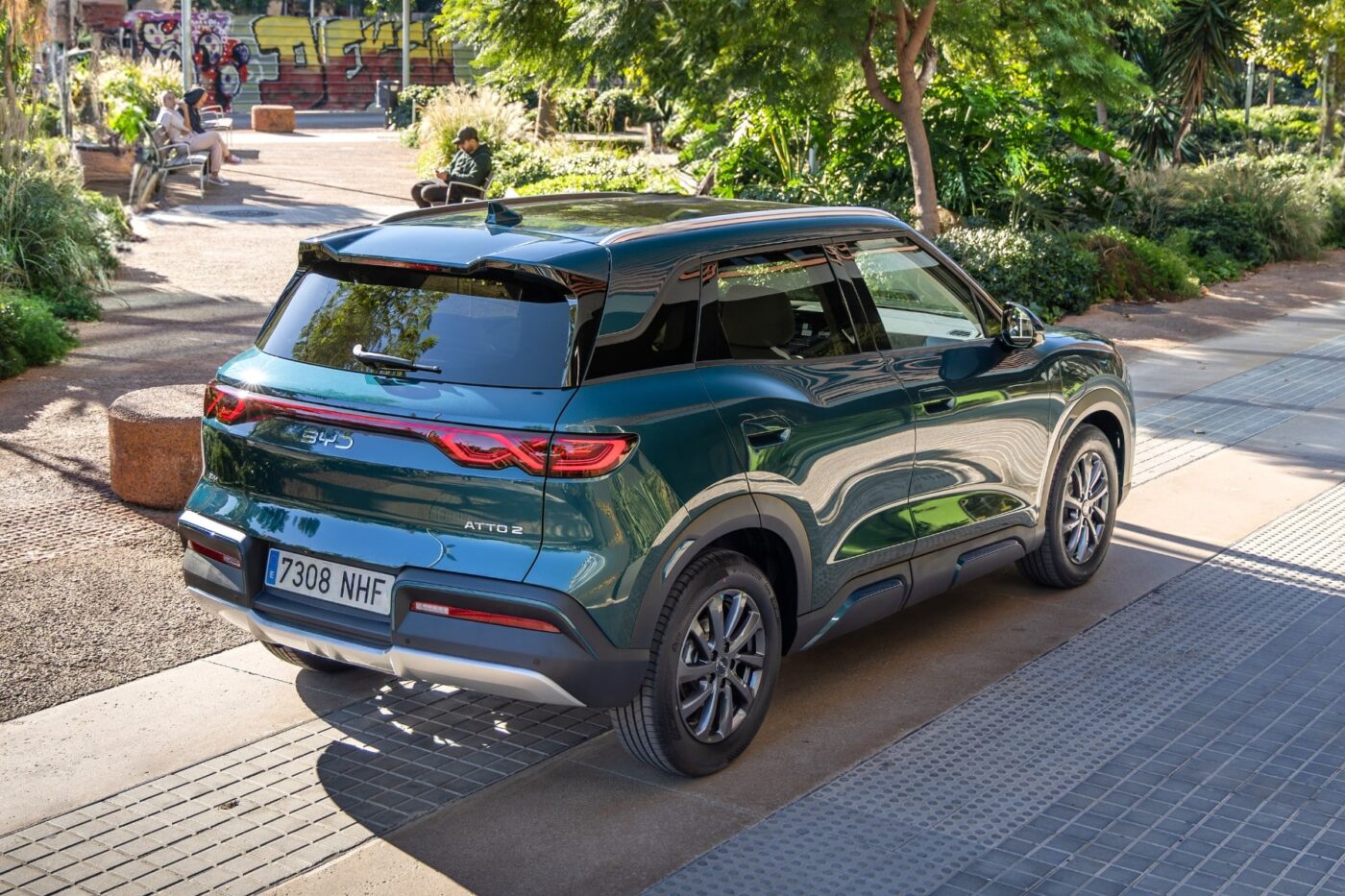
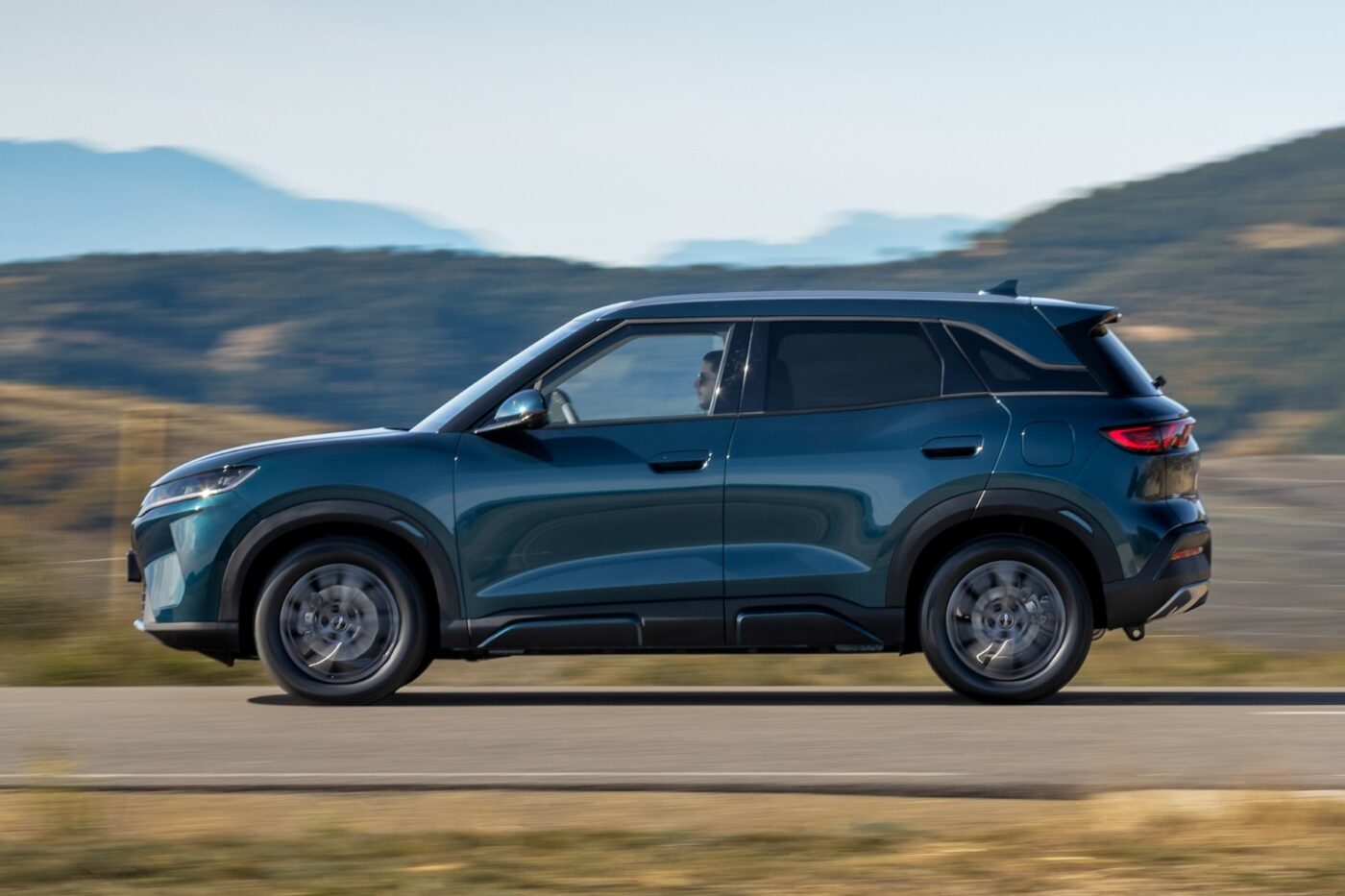
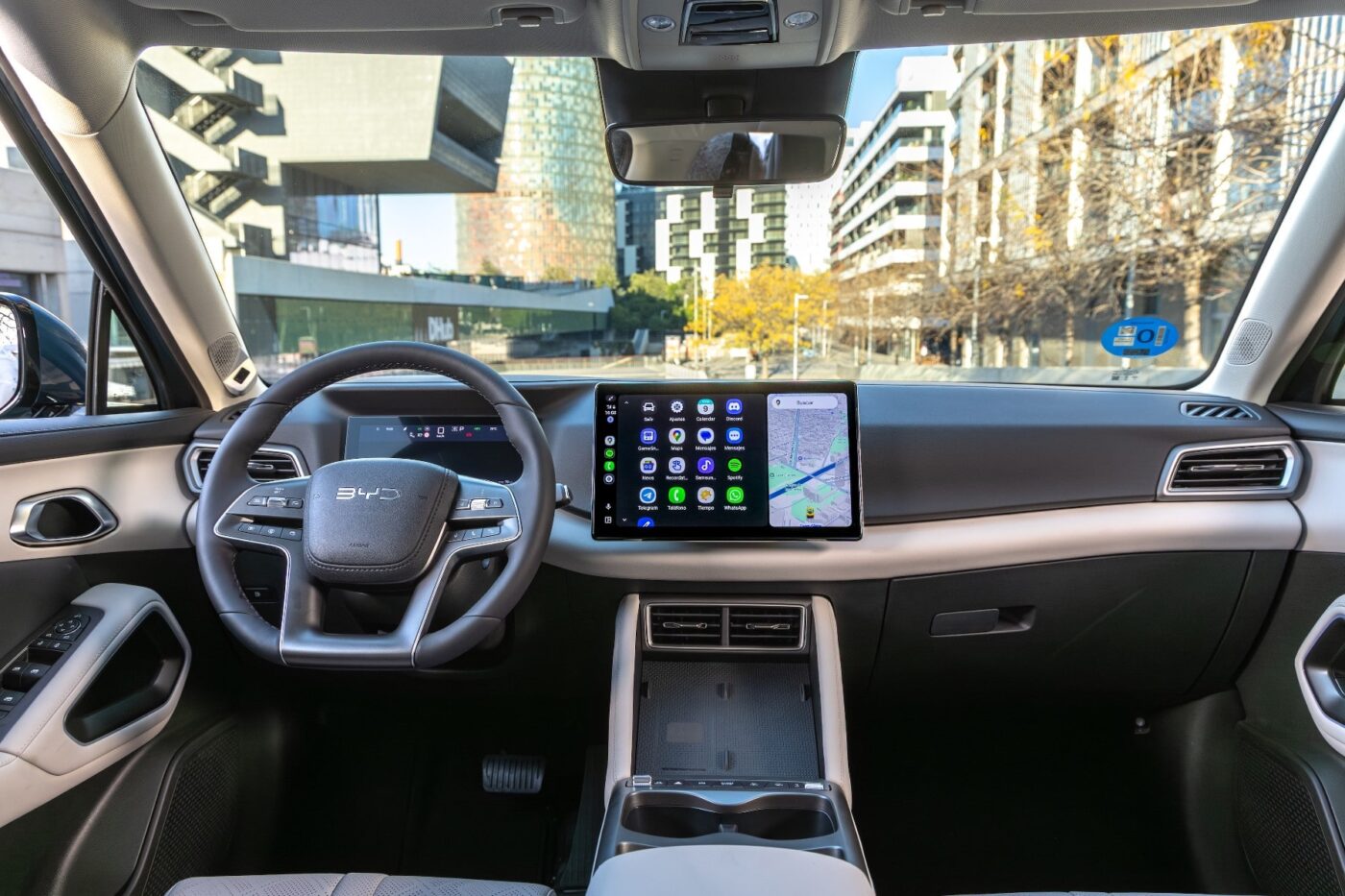
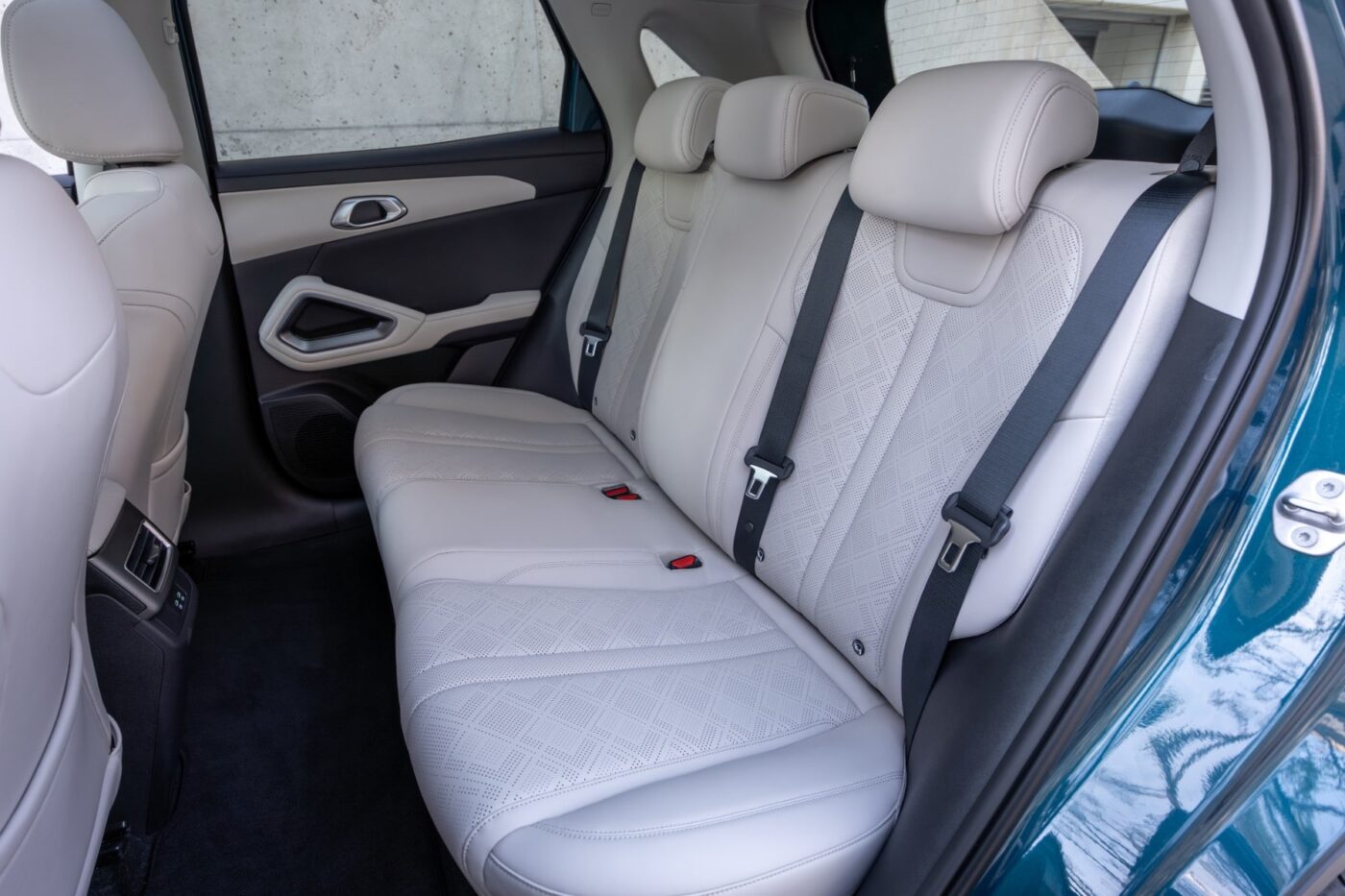
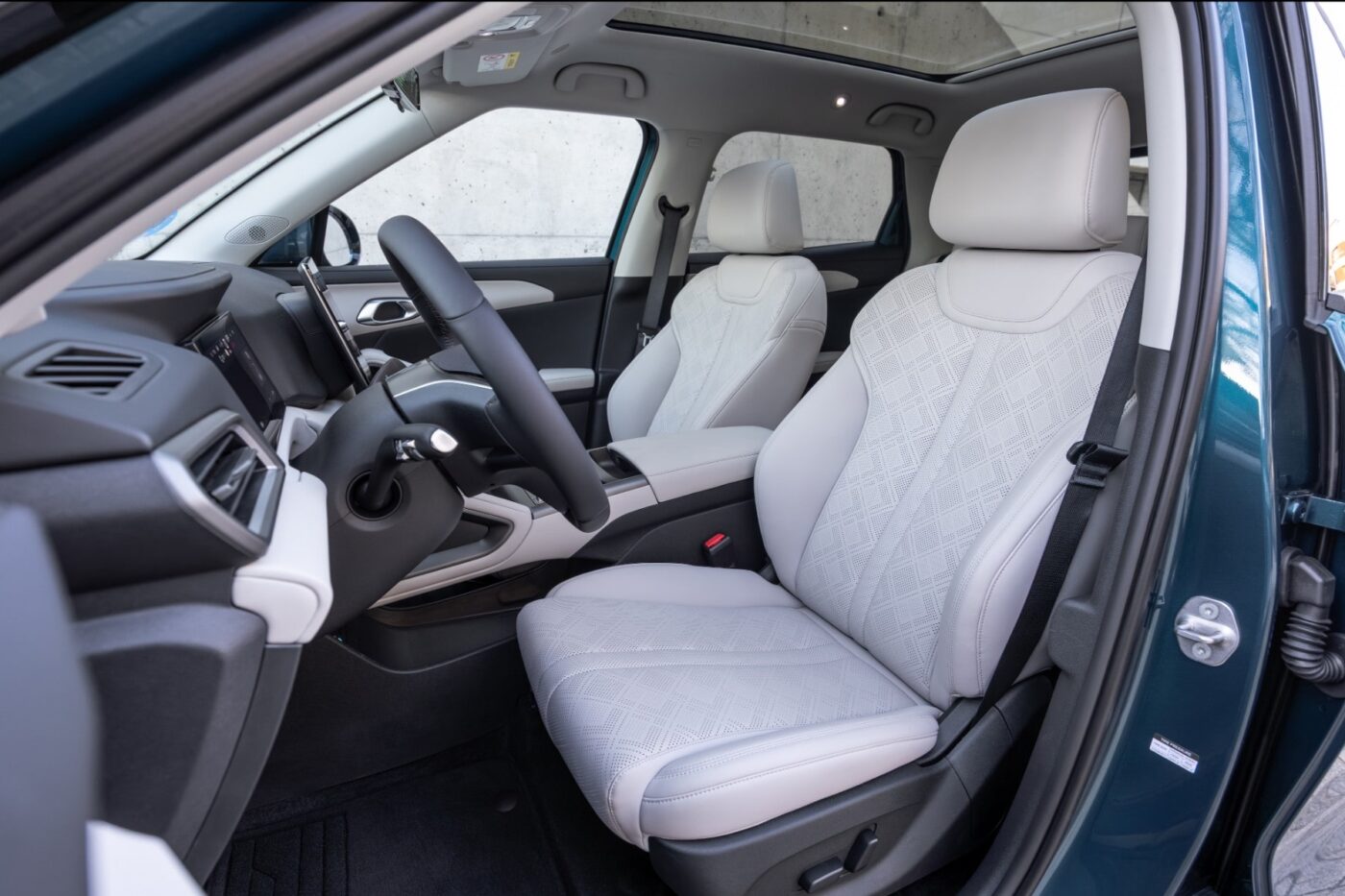
The hybrid drive is available in two versions
BYD offers the plug-in hybrid drive of the Atto 2 DM-i in two versions. The basic version has a battery capacity of 7.8 kWh, which should be sufficient for a pure electric range of 40 kilometers. When the gasoline engine comes into play, the WLTP claims a range of up to 930 kilometers. BYD specifies the system output of the powertrain in this version as 122 kW.
In the top-of-the-range Atto 2 DM-i Boost variant with an output of 156 kW, the energy content of the battery is 18 kWh. This is accompanied by a significantly greater pure electric range of up to 90 kilometers. The total range also increases to the magic mark of 1,000 kilometers.
The battery can be charged at 6.6 kW. Under ideal conditions, this allows the battery charge level to be increased from 15 to 100 percent within three hours. The Boost variant is said to accelerate from zero to 100 in 7.5 seconds, with a top speed of 180 km/h.
Interestingly, the dimensions of the electric version and the new plug-in hybrid are not identical. At 4.33 meters, the Atto 2 DM-i is two centimeters longer than the pure electric version. However, the width of 1.83 meters and the height of 1.68 meters remain the same. Visually, there are no differences between the two versions except for a different logo on the rear.
As usual, the interior of the Atto 2 DM-i and Atto 2 Comfort features two screens – an 8.8-inch display for driving information and a 12.8-inch touchscreen. BYD has also equipped the infotainment system with AI-supported voice control. Buyers of the hybrid version with the larger battery also get to enjoy a large panoramic roof. BYD states that the trunk volume of the Atto 2 with plug-in hybrid drive is 425 liters in the normal configuration, but when the rear seats are folded down, the luggage compartment can be expanded to 1,335 liters. By comparison, the pure electric version with the small battery has 400 and 1,340 liters, respectively.
The Chinese auto giant has scheduled the launch of the Atto 2 DM-i for early 2026. Prices have also already been announced: the base model Active starts at €35,990, while the top-of-the-range Boost costs at least €38,990. The pure BEV version is €4,000 cheaper in its basic configuration. BYD offers a six-year warranty on the SUV. The manufacturer’s warranty for the battery and powertrain is eight years.
bydauto.eu, bydauto.eu (hybrid)
This article was originally published by Elias Holdenried for electrive’s German edition

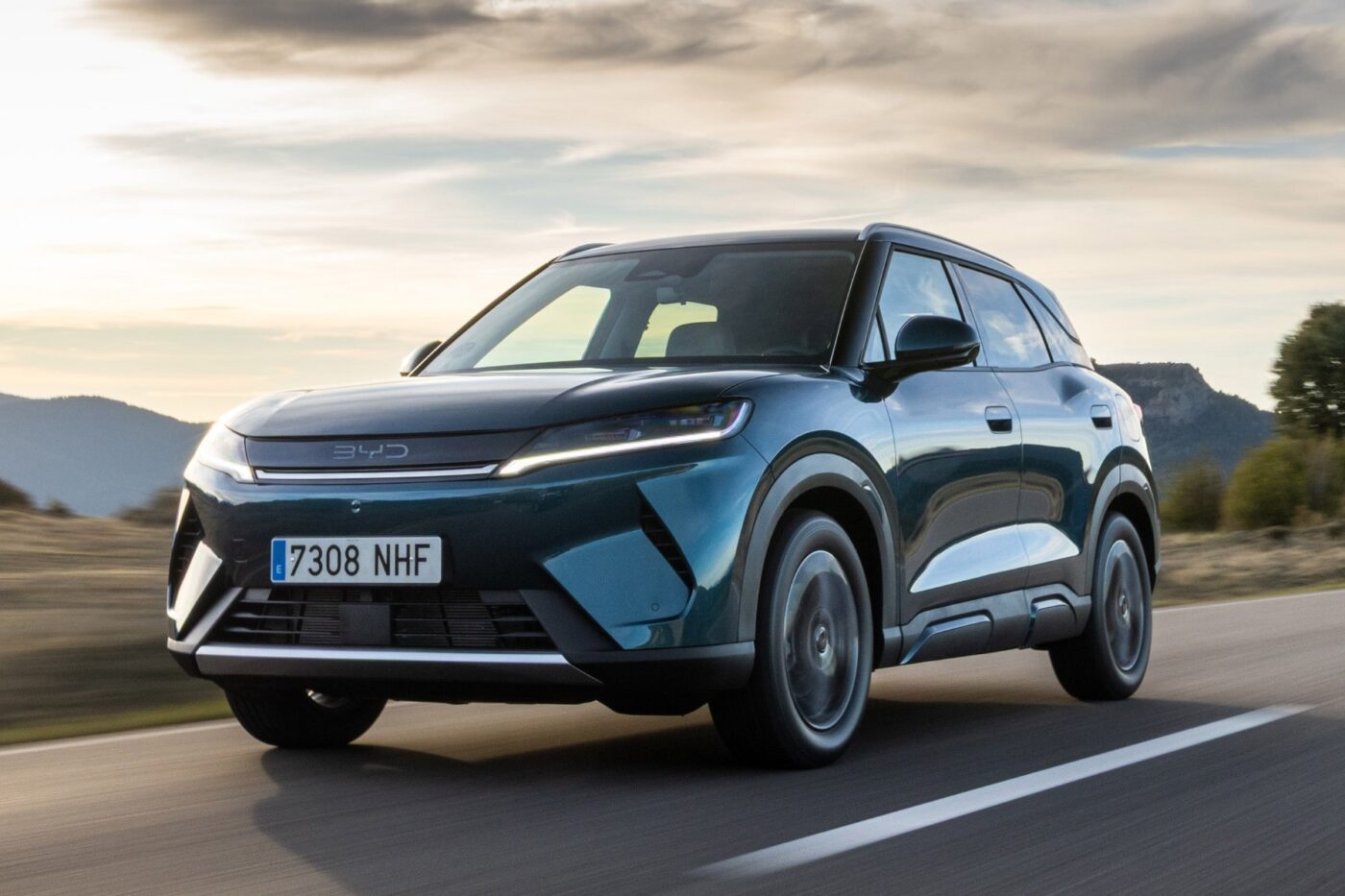



0 Comments